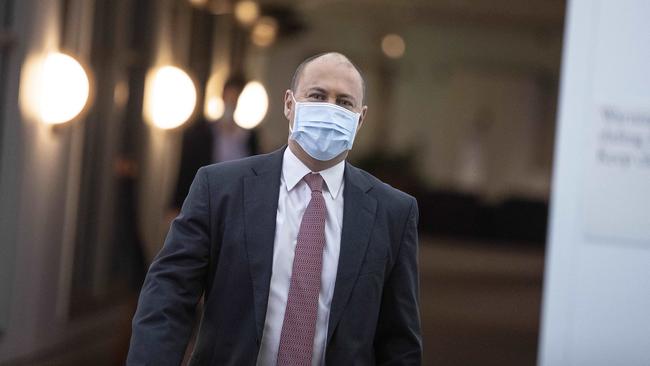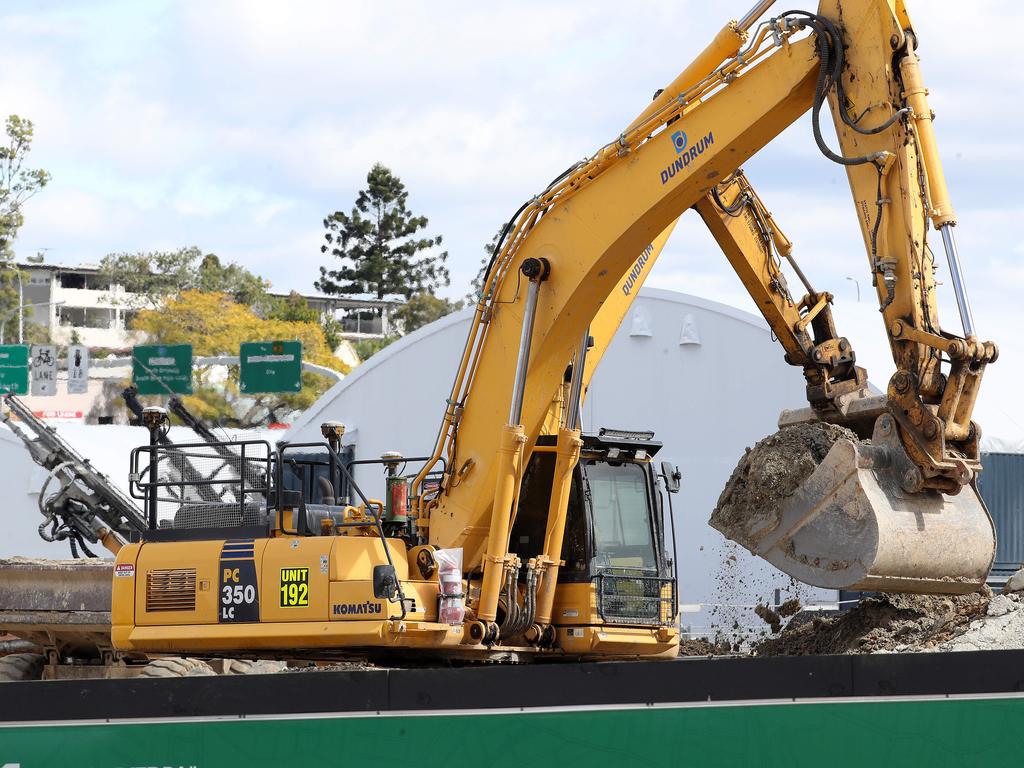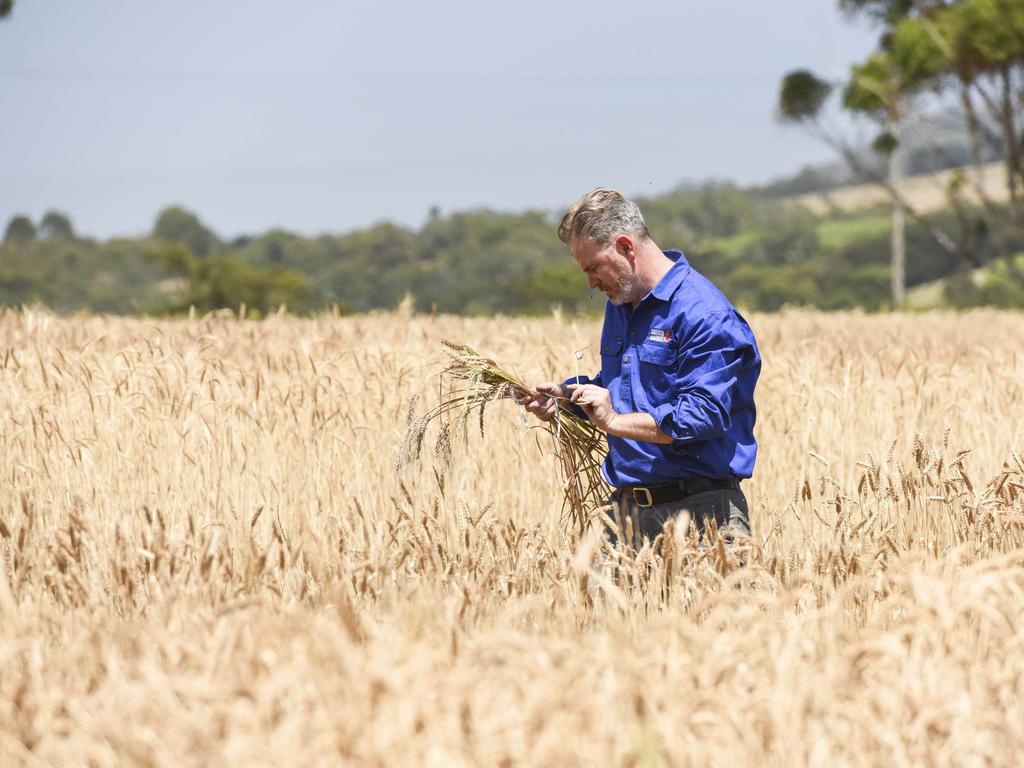Coronavirus crisis projected to add up to $800bn to Australia’s net debt, PBO says
By 2030 Australia’s debt burden will be up to $800bn higher than without COVID-19, the independent budget watchdog predicts.

Australia’s net debt burden by the end of the decade will be up to $800bn higher than would have been the case without the COVID-19 crisis, while the budget will remain tens of billions of dollars in the red, new estimates from parliament’s independent budget watchdog reveal.
The worst-case figure – based on the most pessimistic of the Reserve Bank’s downside, base-case and upside economic outlook scenarios revealed earlier this month – is $180bn worse than the Parliamentary Budget Office estimated in June in its first medium-term fiscal analysis of the impact of COVID-19.
That’s mainly due to lower population growth assumptions drawn from Treasury’s July economic and fiscal update, the PBO said.
The ranges for additional net debt as a result of the pandemic by 2029-30 lie between 14 per cent and 24 per cent of GDP, versus the 1.8 per cent projected by Treasury before the COVID-19 recession.
Similarly, the budget underlying cash position will deteriorate by between $31bn and $48bn in 2029–30 under the three RBA scenarios, the PBO said, compared with the December mid-year budget forecasts which, before the pandemic struck, had expected the budget to be broadly balance or in surplus in coming years.
Once again, the latest PBO deficit estimates are significantly worse than the June iteration, which had put the budget $16bn-$30bn worse off thanks to COVID-19.
“Our updated scenarios incorporate the estimated permanent impact on population from lower migration due to border closures in 2019–20 and 2020–21, as published in (Treasury’s economic and fiscal update in July),” the PBO report said.
The PBO report includes the additional $15.6bn impact of the JobKeeper Payment extension announced on August 7. It says the underlying cash deficit will reach around $90bn in all three scenarios in the most recent fiscal year, before doubling to $183bn in 2020-21 under the baseline scenario, or to $173bn in the upside scenario and to $202bn in the downside case.
“In 2019–20 and 2020–21, the impact is mainly due to the policy measures and their effect on payments,” the PBO said, noting the impact of these extraordinary spending programs were expected to be “temporary”.
“Once the policy measures wind down, the lower UCB (underlying cash balance) is due primarily to the effect on receipts of slower than previously forecast economic growth. In this update, the larger deterioration in the underlying cash balance is mostly due to weaker receipts from the impact of lower population levels over the medium term.”








To join the conversation, please log in. Don't have an account? Register
Join the conversation, you are commenting as Logout